In the vast desert, there is a mysterious creature that sparks much curiosity. It has a slender body and agile limbs, endowed with perfect intelligence to blend into the endless golden sands. The most shocking aspect is that this mysterious desert cat survives by eating venomous snakes.
The desert cat is a small feline species that thrives in the harsh desert environment. Despite the severe climate challenges and the scarcity of food sources, this species has developed a unique evolutionary adaptation strategy—eating venomous snakes.
The desert cat is smaller than other cat species, which makes them more agile and lively. In a complex and harsh environment like the desert, flexibility is key to survival. Venomous snakes are generally agile and aggressive animals, but desert cats utilize their bodies to maintain an advantage when hunting these snakes.
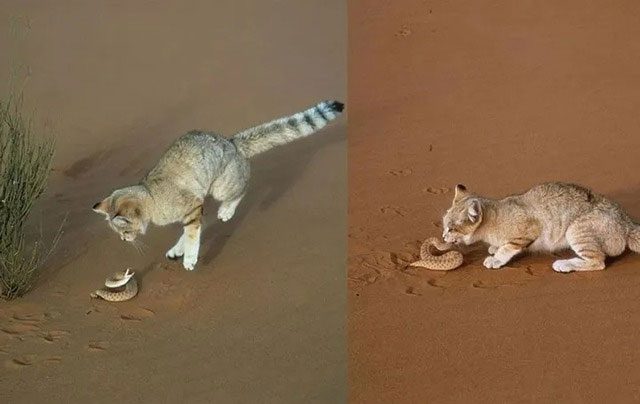
Their flexible body structure and skills allow them to successfully hunt venomous snakes.
At the same time, desert cats possess immunity and physiological traits against venom, enabling them to obtain food safely. This adaptive evolutionary strategy allows desert cats to survive in the harsh desert environment and ensures their survival and reproduction.
Desert cats have a high adaptability in food selection. Due to limited food sources in the desert, they must find suitable sources of sustenance for survival. Interestingly, venomous snakes happen to be one of the common food sources in the desert. Despite the lethal venom of these snakes, desert cats have gradually developed immunity to them due to their long coexistence. They have adapted special abilities to counteract the venom, allowing them to hunt venomous snakes safely.
Desert cats also possess excellent skills and strategies. They specialize in stalking and ambushing prey in the desert environment. For venomous snakes, precise strikes are crucial. Desert cats can accurately pinpoint the heads of venomous snakes and kill them at incredible speed. This precise attack strategy reduces the risk of counterattacks from the snakes and ensures that desert cats can successfully procure food.
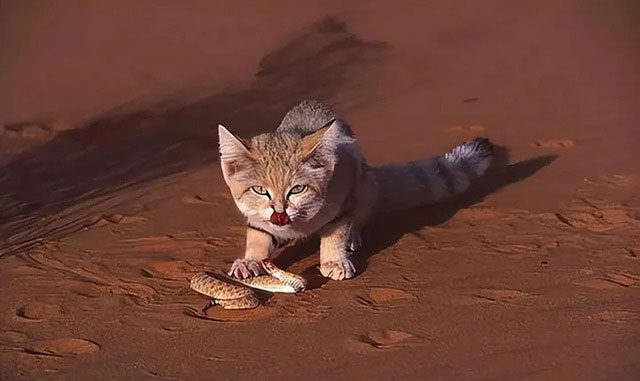
Desert cats live in arid, hot desert regions where food is scarce. In such a harsh environment, desert cats have gradually formed their unique survival methods. Although venomous snakes are threatening, they are one of the abundant food sources that desert cats can hunt. Compared to other prey, venomous snakes are easier for desert cats to catch, which is one reason why they choose to eat them.
In addition to adaptive evolution, desert cats also exhibit other physiological traits related to eating venomous snakes. For instance, their scaled skin protects them from being pierced by the fangs of venomous snakes. Their teeth are also relatively strong, allowing them to bite into the bodies of these snakes and quickly incapacitate them.
The reason desert cats eat venomous snakes is not only due to adaptive evolution but also related to the abundance and distribution of venomous snakes in the desert. Desert areas often lack larger prey for desert cats to hunt, and venomous snakes are relatively common in this environment. Desert cats effectively utilize this resource by selecting venomous snakes as their primary food source.
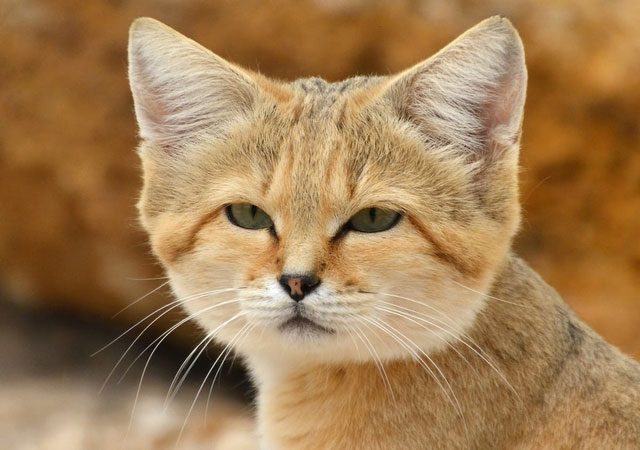
Due to scarce food, desert cats must endure prolonged hunger. Their bodies are adapted to this environment, allowing them to survive for several days, even weeks, without food. This is because desert cats have a special metabolic mechanism that helps them conserve energy more effectively. They also have smaller body sizes and lower metabolic rates, requiring less energy. This high endurance for hunger allows desert cats to survive in resource-poor desert areas.

Desert cats do not only eat venomous snakes. Their diet also includes small mammals, reptiles, and other insects. Although these food sources are not as abundant as venomous snakes, they can still provide essential nutrients for desert cats. They are not very picky eaters and can adapt to various types of food while obtaining the necessary energy and nutrition.
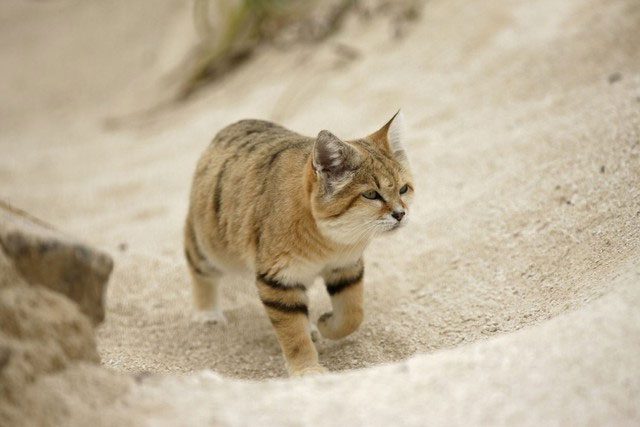
Desert cats have strong teeth and jaws. Their teeth are sharp enough to easily bite into the heads of venomous snakes. Furthermore, their jaw structure is robust and can withstand the pressure from bites of venomous snakes. This strong dental and jaw structure enables desert cats to hunt venomous snakes without suffering injury.
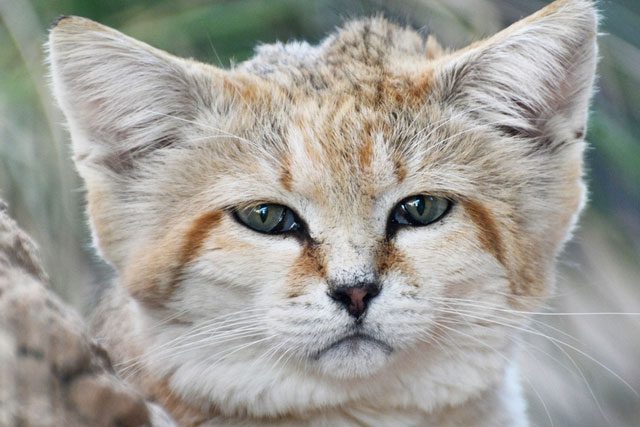
Since venomous snakes contain enzymes that can be fatal to ordinary animals, desert cats secrete a special enzyme before consuming the meat of venomous snakes. This enzyme quickly neutralizes the enzymes in the snakes, rendering them inactive. The digestive system of desert cats then processes the venomous snake’s body, breaking it down into nutrients. Desert cats carry a special type of antibody in their bodies that can bind to venom, reducing damage to bodily tissues. This strong immune system allows desert cats to safely consume venomous snakes.
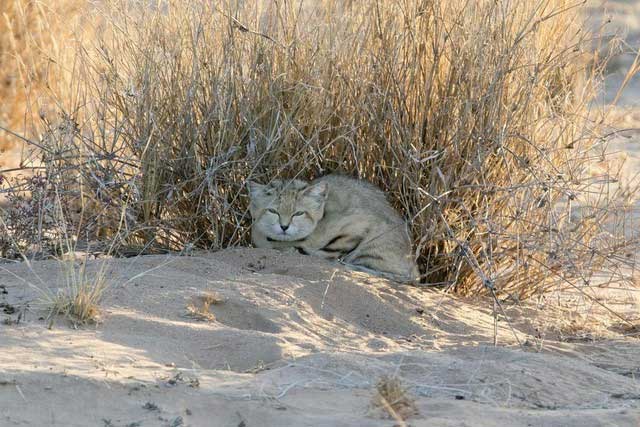
Desert cats possess excellent speed and agility. When hunting venomous snakes, they use their claws and flexible bodies to quickly ascend to places that snakes cannot reach. At the same time, desert cats have outstanding running abilities and can chase venomous snakes across the desert. This speed and agility allow desert cats to catch venomous snakes without fear of retaliation.


















































